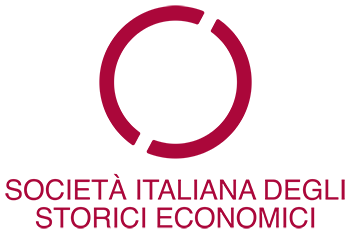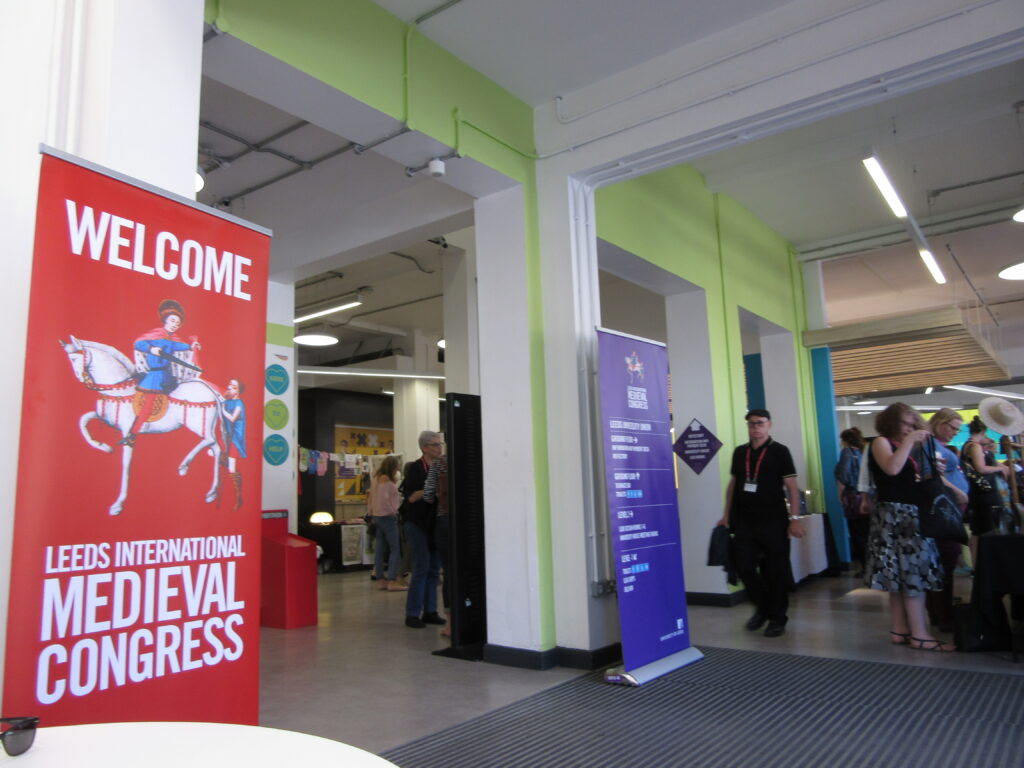Call for Papers
International Medieval Congress
7-10 July 2025, University of Leeds
Waste, recyclables and value in Western Europe and the Mediterranean in the Late Middle Ages
Medieval industries (textiles, glass, paper, metal, leather, construction, etc.) produced a lot of waste, but also required a lot of disposable resources to fuel their systems. Since it cost more money to make and buy new products from virgin resources than to simply reprocess and/or clean/repair/adjust already made products, recycling and reuse became valuable resources that had monetary value. It made no sense to throw reusable materials into a pit or landfill. It also perpetuated a tradition of quality, but also of durability, going back to the guilds and their legal regulations.
Rather than being thrown away and replaced with new items, durable old things were repaired, salvaged, reused and recycled in different areas of production until they were completely worn out. They were also used to recover parts or components that became raw materials for other industries. Recyclables travelled and were sought, bought and sold in local, regional and even transnational markets. Recyclables shaped urban landscapes and lifestyles; they were dependent on people’s needs, but also embedded in the habits of communities, adopted both as a general modus vivendi and as a modus operandi by people of different status and occupation.
How can we value the leftover, the discarded, the used thing that will be left in a corner, thrown away or selected by someone else to be reused or recycled into one of its components? These aspects have never been explicitly considered as variables that can be controlled by circumstances or the need for reuse, and as such have been assumed to result from market automatisms. We are not faced with a change in the scientific paradigm of the value of things, but rather with a “shift”, sometimes the substitution, or rather the accompaniment, of the value of the “new” (which is easier to determine and ascertain) for the value of the “old, the used, the discarded” as an integrative and fundamental variable of production and consumption.
Abstracts on a range of topics related to reuse and recycling in late medieval Europe (c. 1200-c. 1500) are welcome, including but not limited to:
– In the absence of price lists or comparable data on the value of old, used, discarded things, who determined the value of the discarded?
– What was the value of the product resulting from the use of discarded components compared to the product made from raw materials?
– What principle or law or market or statutory law governed the reuse or recycling practices?
– How many cycles of recombination did materials go through before they were discarded?
– What were the specific practices of recycling at particular times and places in different parts of Europe in the later Middle Ages?
– Is it possible to explore a gender dimension when talking about reuse and recycling practices?
– What similarities or differences can be found in the different European areas studied?
– Is a similar trend developing for other types of objects and/or raw materials to the second-hand textile market, in addition to the market for new products?
– Who were the people involved in recycling?
– Were there warehouses where waste was stored until it could be reused?
– How was the whole system organised?
Abstracts of no more than 100 words should be sent to Alessia Meneghin (mea4@uv.es) by Friday, 20 September 2024. Please include affiliation and contact information, as well as the language of the presentation.


